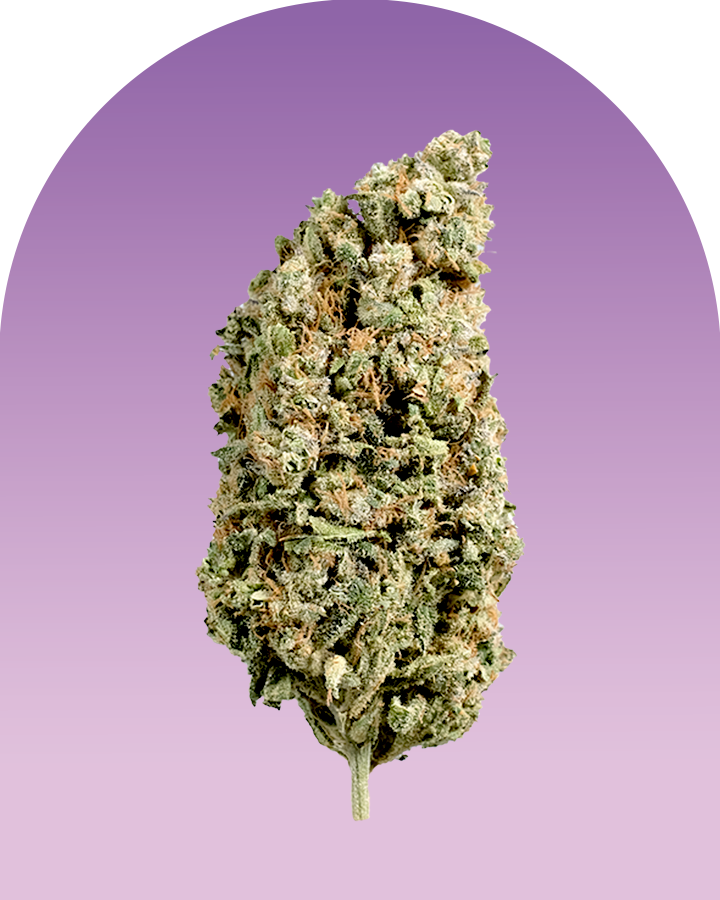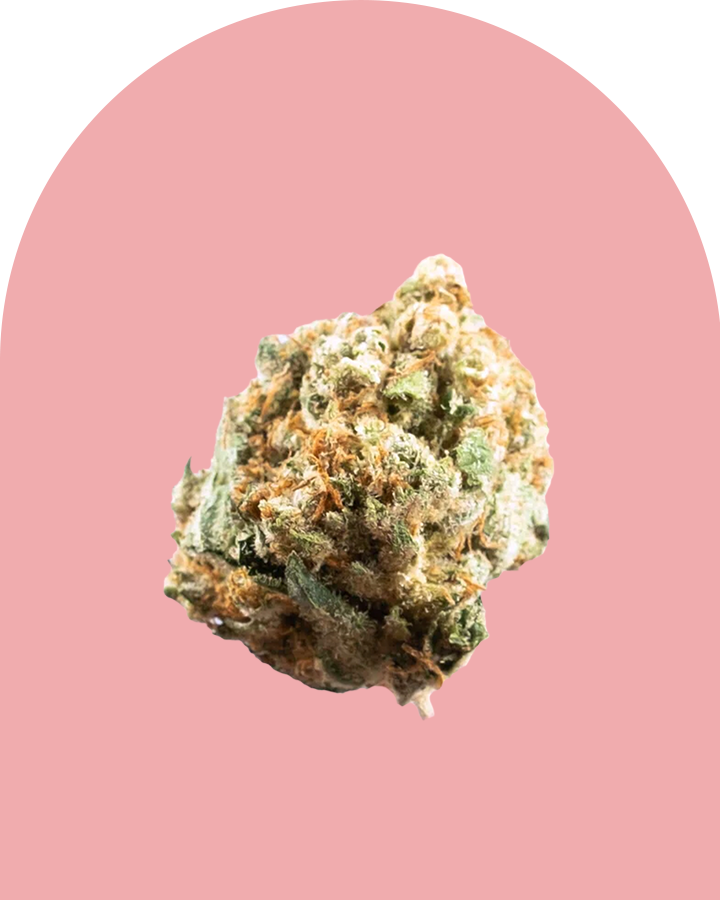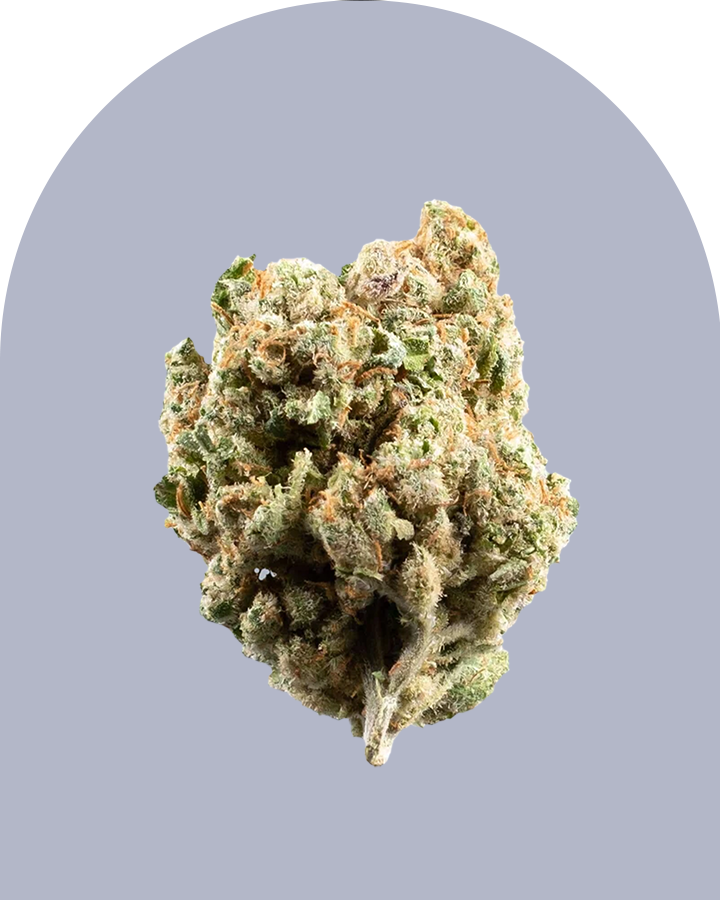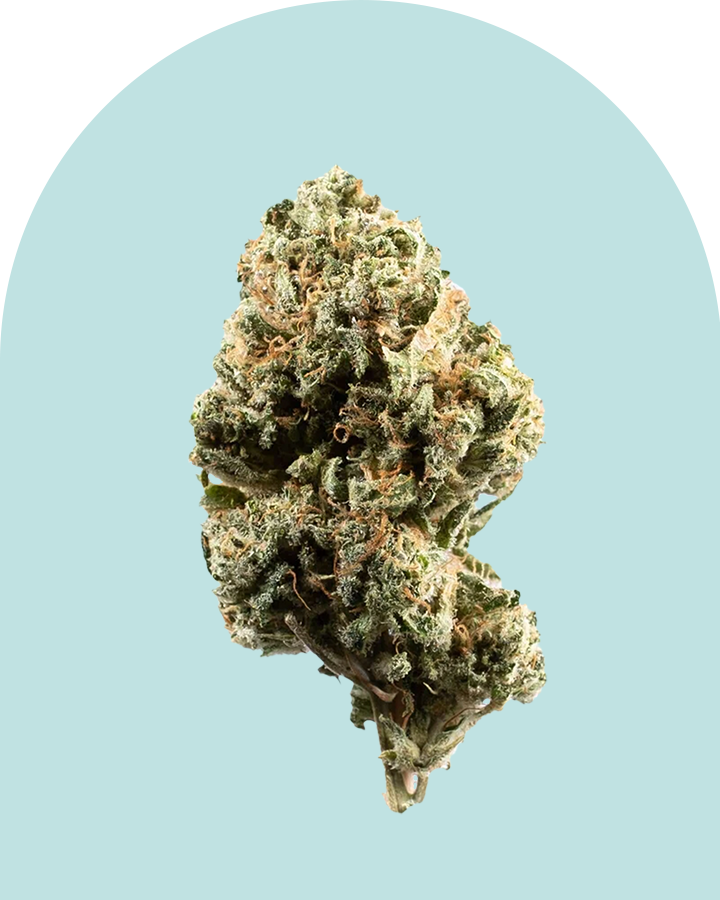CBD research over time

For centuries, the effects of the cannabis plant have been appreciated in many parts of the world. However, the exact chemical composition of the plant was largely unknown for a long time. Cannabidiol (CBD) was not discovered until 1940 and was first extracted by a group of chemists from the University of Illinois (USA). At that time, the scientists classified the substance as toxic, but without extensive research results. However, this development was followed by more than 20 years, in which hardly anyone seriously dealt with the substance CBD. Only 23 years after the discovery of the cannabinoid did the chemist Raphael Mechoulam succeed in determining the exact chemical composition. In 1973, a Brazilian research team demonstrated the reduction of epilepsy symptoms in animals. A few years later, the trial started on human patients and was successful. The anti-anxiety properties of CBD have been recognized.
These discoveries have prompted extensive research into the possible medical effects of CBD. During the 1970's its potential in treating nausea and insomnia was discovered. At the same time, interest in the cannabinoid substance THC grew and so CBD was somewhat forgotten in research.
Mechoulam and his colleagues first discovered the antipsychotic potential of CBD in the early 1980s. It wasn't until 1995 that CBD was openly administered to patients. This was followed by numerous discoveries that indicated the far-reaching potential of CBD as a medicinal product. Above all, the effect as an antioxidant has been proven several times. Studies like this have also eased the legal situation surrounding cannabis in some parts of the world.
Isolated CBD products are therefore now freely available and legal in most countries around the world. So the story of the CBD has only just begun and we can expect further insights and legal relaxations.












